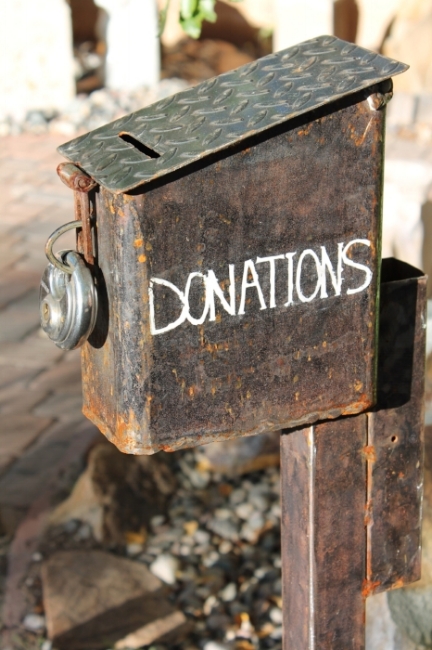The Myth of “I Can't Make a Difference”
By Andrew Quist
When problems are large, we often feel like there is nothing we can do. This false feeling of inefficacy—pseudoinefficacy—is actually a logical fallacy because even if we only help one person, we’ve made a difference.
Whether it’s sending aid to those who’ve lost their belongings to forest fires in America or helping to feed children facing malnourishment in developing countries, every dollar you give and every hour you volunteer makes a difference.
A great example of what one person can accomplish is Rola Hallam, the founder of CanDo. Living in the United Kingdom, Rola watched in horror as war engulfed her home country, Syria. Rather than succumbing to hopelessness, she launched a crowd-funding platform that supports local nonprofits in war-torn communities. CanDo’s first project, building Hope Hospital in Syria, became the first ever crowd-funded hospital. CanDo shows that with the help of technology, we can make an enormous impact where it is needed most in the world. You can learn more about Rola Hallam and CanDo in this TED video.
We may not all be able to start our own nonprofit, so New York Times columnist Nicholas Kristof created this handy guide for altruism “How to Make the World a Better Place” which contains recommendations for donating to charities and volunteering with nonprofits. Our Take Action page also contains a list of wonderful organizations you can support.

